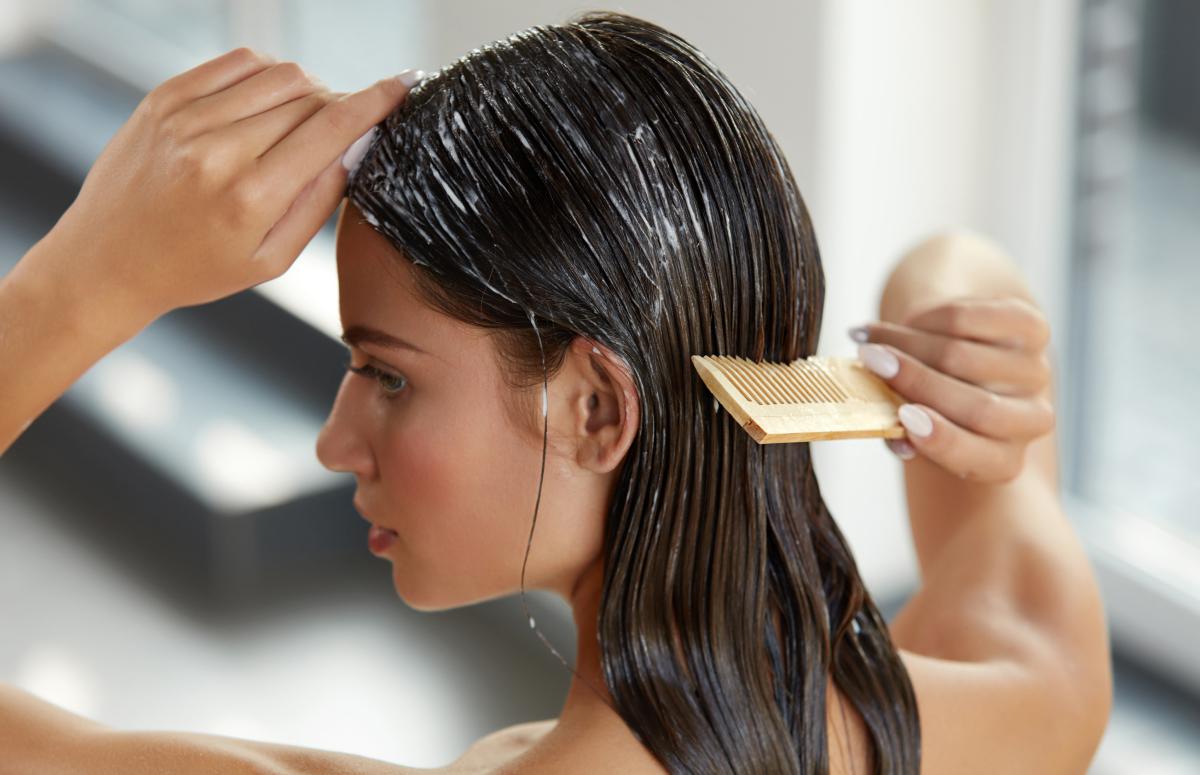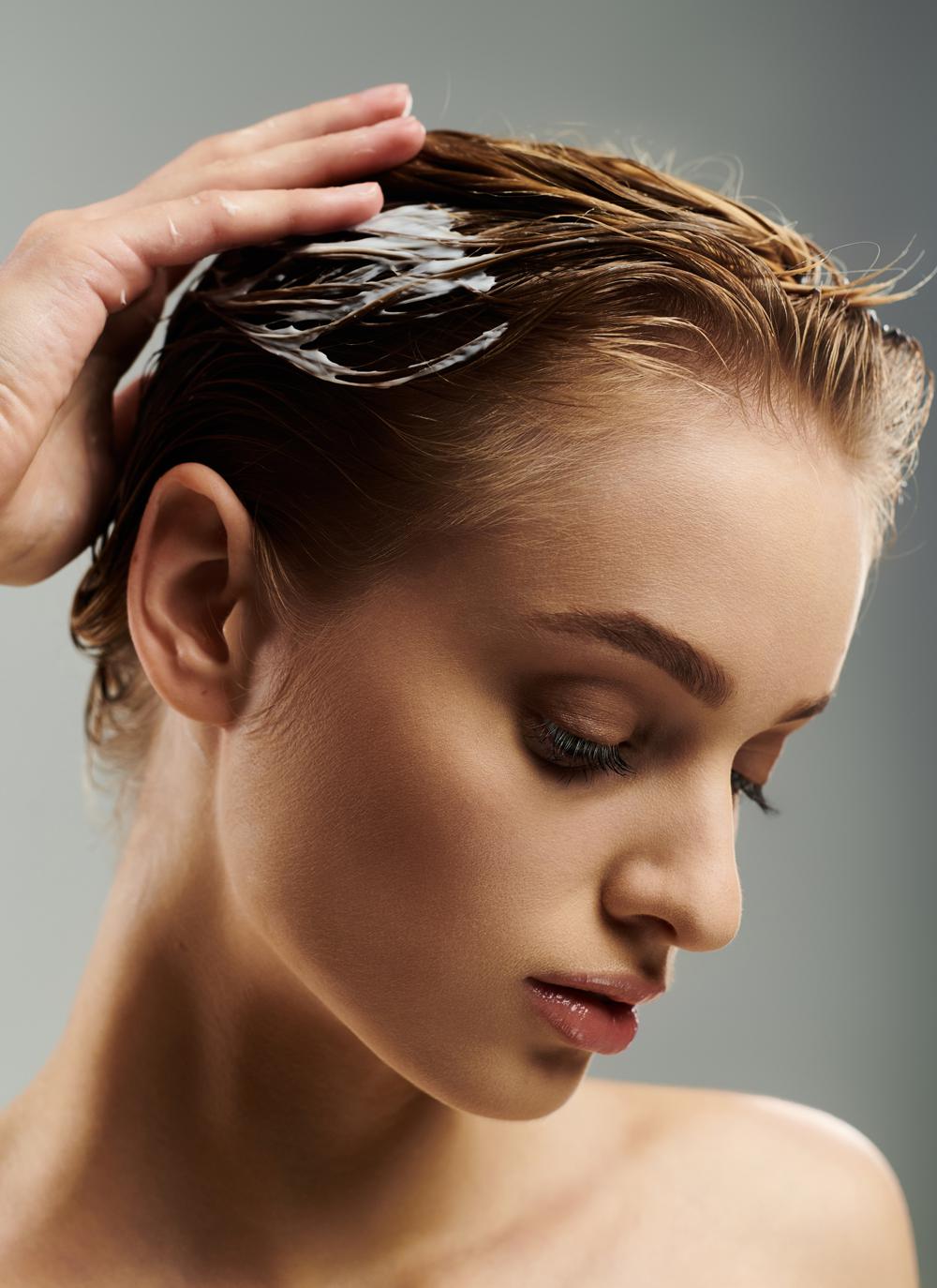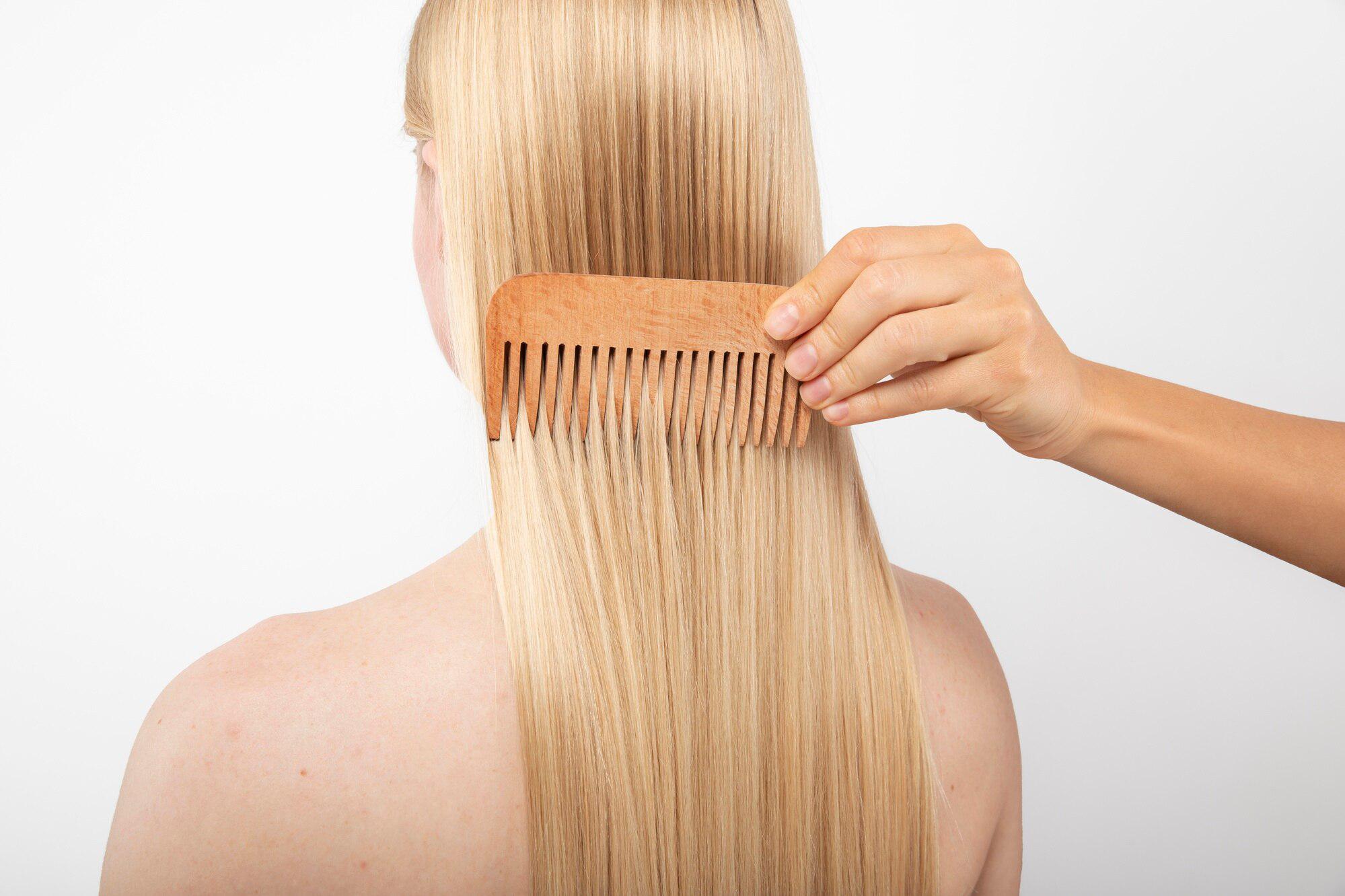
Hair care is an important procedure that can be repeated daily. Both balm and conditioner are suitable for this. Both products combat dryness, brittleness, and also protect hair weakened by dyeing or chemical exposure. However, the composition and principle of operation of conditioner and balm are different. Together with experts, we understand all the differences.
- What is this
- What is the difference
- What's better
Marina Gaidaichuk, expert in preventive medicine, dermatovenerologist, dermatologist and trichologist at the European Medical Center (EMC);
Natalya Kozlova, founder of the 4fresh neomarket and the 4fresh BEAUTY brand.
What is hair balm and conditioner?

The main difference between balm and conditioner is their purpose.
Hair balm and conditioner are additional cosmetic hair care products that are used separately or together, alternating their application. They give hair a well-groomed and healthy appearance, but there is an important difference between them.
Hair balm
Hair balm is a dense and dense mixture, the main purpose of which is treatment. The classic definition of the word “balm” is that it is a product with a predominance of organic and essential oils as part of (1). This is also true for cosmetic care products. According to the form of release, balms are:
- as a separate product, as part of shampoos and masks;
- for dry, normal, colored or damaged hair;
- by consistency they are divided into creamy, oily and solid (reminiscent of soap);
- The balm can work to moisturize, nourish or strengthen hair.
Hair conditioner
Hair conditioner is a emollient that helps detangle hair and reduce static electricity on the surface. This is the key difference between conditioner and balm. Special ingredients in the conditioner neutralize the negative electrical charge of the hair, making it less frizzy and easier to comb. (2). According to the form of release, air conditioners are:
- in shampoos, balms, masks, as a separate product;
- By type of action, conditioners are divided into moisturizing, nourishing, shine-enhancing or smoothing;
- conditioners are produced in the form of gels, creams or sprays;
- instant or deep action, there are conditioners that are applied before drying your hair with a hairdryer.
Interesting fact: Procter and Gamble pioneered the 2-in-1 conditioning shampoo formula in 1987. The shampoo and conditioner contained drops of silicone and a mixture of surfactants.

How does hair balm differ from conditioner?
Hair balm and conditioner differ in purpose, composition and method of application. At the same time, they are united by the fact that both products care for hair.
How does hair balm differ from conditioner:
Composition of hair balm and conditioner
The basis of hair conditioner is cationic surfactants, which give it a positive electrical charge. The negative charge in the hair is attracted to the positively charged conditioner molecules, and the product settles on the hair, especially in damaged areas. Thus, conditioners reduce static electricity, align the scales on the hair shaft, reduce friction between fibers and give a feeling of smoothness.. The composition of hair conditioner can vary greatly, but, as a rule, it contains the following active elements:
- cationic surfactants: cetyltrimethylammonium chloride, behentrimonium or propyltrimonium, stearamidopropyldimethylamine;
- mono- and polypeptides: hydrolyzed proteins, polypeptides derived from collagen;
- thickeners, waxes or gums;
- emollients, both natural and synthetic (dimethicone, amodimethicone and cyclomethicone).
The composition of balms is different. The main active agents are various emollients (oils) and moisturizing components. Their content in the product varies: hThe closer the name of a substance is to the beginning of the list on the packaging of the product, the higher its concentration. Hair balm composition (3):
- Medicinal substances: plant extracts (birch leaf, calamus root, nettle), waxes, ceramides, vitamin complexes;
- Oils: coconut, jojoba, argan, amla;
- Acids: citric, acetic, lactic;
- Strengthening elements: keratins, collagen, silk proteins.
Method of applying balm and conditioner
Hair balm and conditioner are applied to clean and slightly damp hair, usually after using shampoo. Both products are distributed evenly along the entire length, departing from the scalp by about 5 cm, says Marina Gaidaichuk, an expert in preventive medicine, dermatovenerologist, dermatologist and trichologist at the European Medical Center (EMC).
According to her, balms and conditioners should not be applied to the scalp unless the instructions state otherwise. “The purpose of these funds – neutralize the effect of shampoo and create a kind of film on the hair. This is especially true for hair that is over-dried by dye, sun, sea water or frequent washing,” the doctor adds.

How long to keep balm and conditioner on hair
Keep the balm or conditioner on the hair for about two to three minutes. Afterwards, the cosmetic is washed off and the hair is dried in the usual way. There are also leave-in products.
“Almost all conditioners and balms contain surfactants; they are added to the formula so that the product is washed off without residue. You should avoid prolonged exposure of a product that contains sodium laureth sulfate (SLS) or sodium lauryl sulfate (Sodium Lauryl Sulfate, SLES), – they can, on the contrary, dry out the hair, accelerate oxidation and color fading,” warns Natalya Kozlova.
Hair balm or conditioner: which is better?

Balm and conditioner suitable for daily care
There is no clear answer to the question of which is better – hair balm or conditioner. The fact is that everyone's hair is different. They differ not only in color, but also in structure. Therefore, each type requires its own care.
For some, only shampoo is enough – people with short hair often do not use balms and conditioners, notes Marina Gaidaichuk. In addition, according to her, if you choose a good shampoo that does not dry out the hair structure, then after washing it will look healthy and will not need any additional products.
If the hair is not very damaged at the ends, and you have to wash your hair often, conditioner will be an excellent option, says Natalya Kozlova. “If the hair is dry, colored, long and damaged, it usually requires intensive care, so preference should be given to balm. It is recommended to leave it on for at least three minutes so that the product has time to act and give maximum results,” adds the expert.
